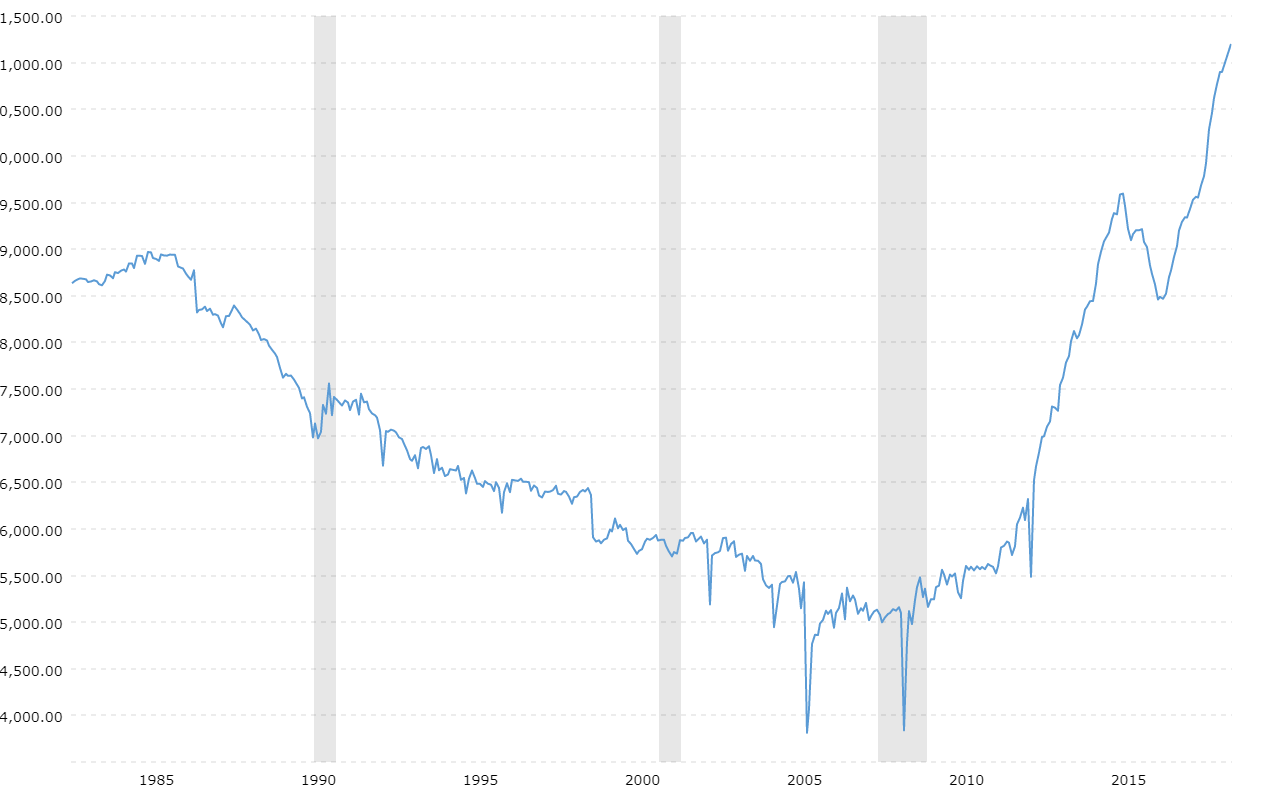

Venezuela and Saudi Arabia have populations of comparable size however, Saudi Arabia’s economy is twice as large. Despite Venezuela’s massive supply of natural resources, the country still struggles economically. Saudi Arabia has the second-largest amount of oil reserves in the world with 297.5 billion barrels. Venezuela has the largest amount of oil reserves in the world with more than 300 billion barrels in reserve. How the accessibility of oil reserves impacts profitability Despite its world-leading oil production, the United States is only 9th in the world in terms of available oil reserves: Top 10 Countries with the Largest Oil Reserves (in thousand million barrels): Rank to import additional oil from dozens of other oil-producing countries. The United States is the world's foremost producer of oil, as well as the world's largest consumer of oil, which makes it necessary for the U.S. "Oil reserves" is an estimate of the amount of not-yet-mined crude oil located in a particular country that can be recovered with current technology and at a cost that is financially feasible in relation to the current price of oil. Crude oil creates gasoline, jet fuel, diesel, asphalt, tar, and lubrication oils. In 2020, the world used approximately 88.6 million barrels per day of oil, which amounted to 30.1% of the world's primary energy. Please contact us for subscription options.Crude oil is the world’s main source of fuel and largest overall source of primary energy. Global oil production rose from an annual average of 81.58 million bpd in 2009 to an average of 95.19 million bpd in 2019, according to BP’s Statistical Review of World Energy 2020 report.īetween those years, the US share of world oil production jumped from 8.91% to 17.9% - almost doubling in 11 years.ĭuring the same period, Saudi Arabia's share of global oil output rose from 11.9% to 12.4%, but Russia's share fell from 12.4% to 12.1%.Īnadolu Agency website contains only a portion of the news stories offered to subscribers in the AA News Broadcasting System (HAS), and in summarized form. In November 2018, the US also surpassed both countries to take the top spot as the world's largest crude producer. Since then, the US reigned supreme as the world's largest oil producer for six consecutive years. The year 2014 saw the US overtake Russia and Saudi Arabia to become the world's largest producer in oil and oil products combined. Over the last 11 years, US production of oil and oil products showed a higher rate of increase at 135% than its biggest competitors in total oil output.įrom 2009 through 2019, Saudi Arabia's total oil production rose from 9.71 million bpd to 11.83 million bpd, marking a 21.8% increase over 11 years.ĭuring the same period, Russia's total oil output increased from 10.15 million bpd in 2009 to 11.54 million bpd in 2019, posting a 13.7% rise. With rich shale plays across continental US, Alaska and the US Gulf of Mexico region, the country managed to surpass Saudi Arabia and Russia to become both the world's largest oil and crude producer. The significant increase in output was largely due to the adoption and widespread use of techniques such as hydraulic fracturing and horizontal drilling in the oil and gas industries in the US, which in 2008 kick-started an era known as the shale revolution. Oil production in the US, which includes crude oil, shale oil, oil sands, condensates, and natural gas liquids, rose to an annual average of 17.04 million barrels per day (bpd) in 2019, from approximately 7.27 million bpd in 2009, the data from BP’s Statistical Review of World Energy 2020 report showed. US oil production increased by 134% between 20, taking the top spot as the world's largest oil producer during this period, according to data compiled by Anadolu Agency on Wednesday.


 0 kommentar(er)
0 kommentar(er)
